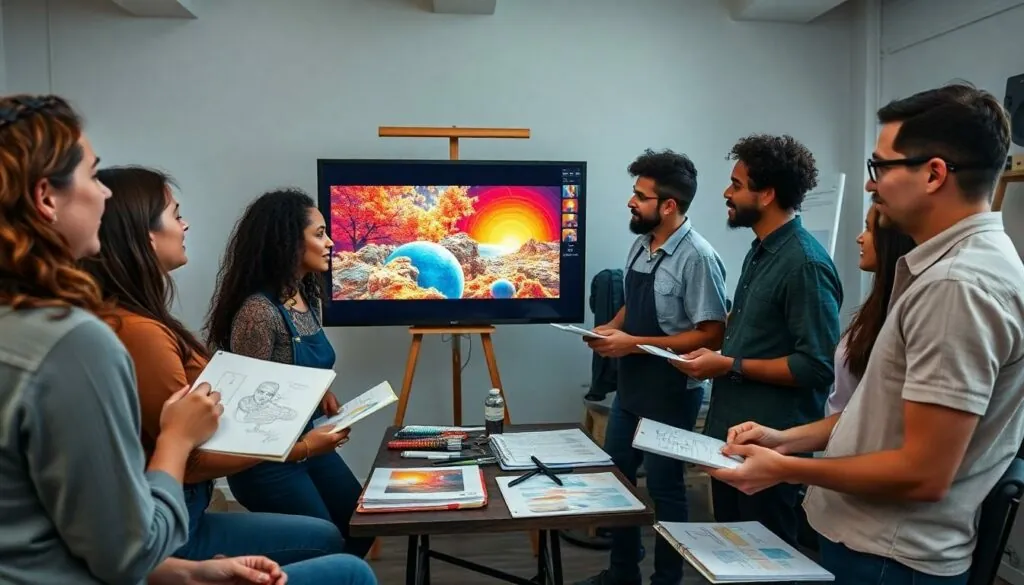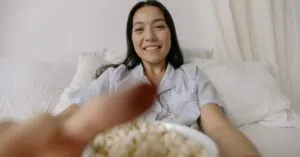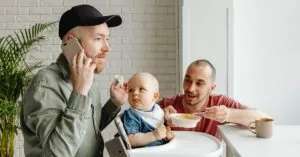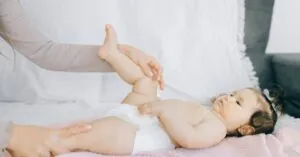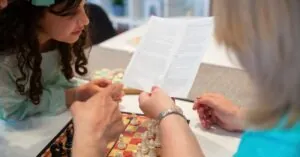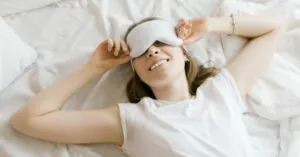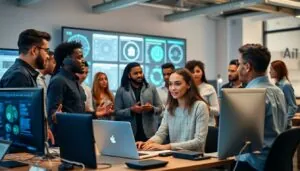Table of Contents
ToggleIn a world where words can paint pictures, ChatGPT takes creativity to a whole new level. Imagine a virtual artist that doesn’t just spin tales but also conjures up stunning visuals from mere text. It’s like having a magic wand that turns your thoughts into eye-catching images—no messy paint or canvas required!
Understanding ChatGPT’s Capabilities
ChatGPT utilizes advanced algorithms to generate images from textual descriptions. This functionality rests on a foundation of deep learning models designed for image synthesis. The process enables users to input a phrase, concept, or scene, which the model then interprets to produce a corresponding visual representation.
Several underlying technologies enhance this image creation. Generative Adversarial Networks (GANs) serve as a core component, facilitating the realistic rendering of images. These networks consist of two neural networks competing against each other, ensuring the generated images maintain high fidelity to the input descriptions.
Additionally, ChatGPT integrates Natural Language Processing (NLP) to comprehend and contextualize user prompts accurately. This capability ensures that subtle nuances in language translate into the desired artistic elements. For instance, specifying “a serene mountain landscape” versus “a stormy ocean scene” results in distinct visual outputs.
To further illustrate its versatility, ChatGPT accommodates various styles and themes. It can produce anything from abstract art to realistic portraits, catering to diverse creative needs. Users gain the ability to experiment with different artistic directions, enriching their creative processes.
Real-time generation allows for immediate feedback and adjustments. As users refine their descriptions, the system responds dynamically, reiterating the visuals to align more closely with their vision. Such interaction fosters a collaborative environment between the user and the model, making image creation both accessible and intuitive.
This blend of advanced algorithms, NLP, and user interaction positions ChatGPT as a powerful tool in the realm of digital artistry, transforming how individuals express ideas visually.
The Technology Behind Image Generation
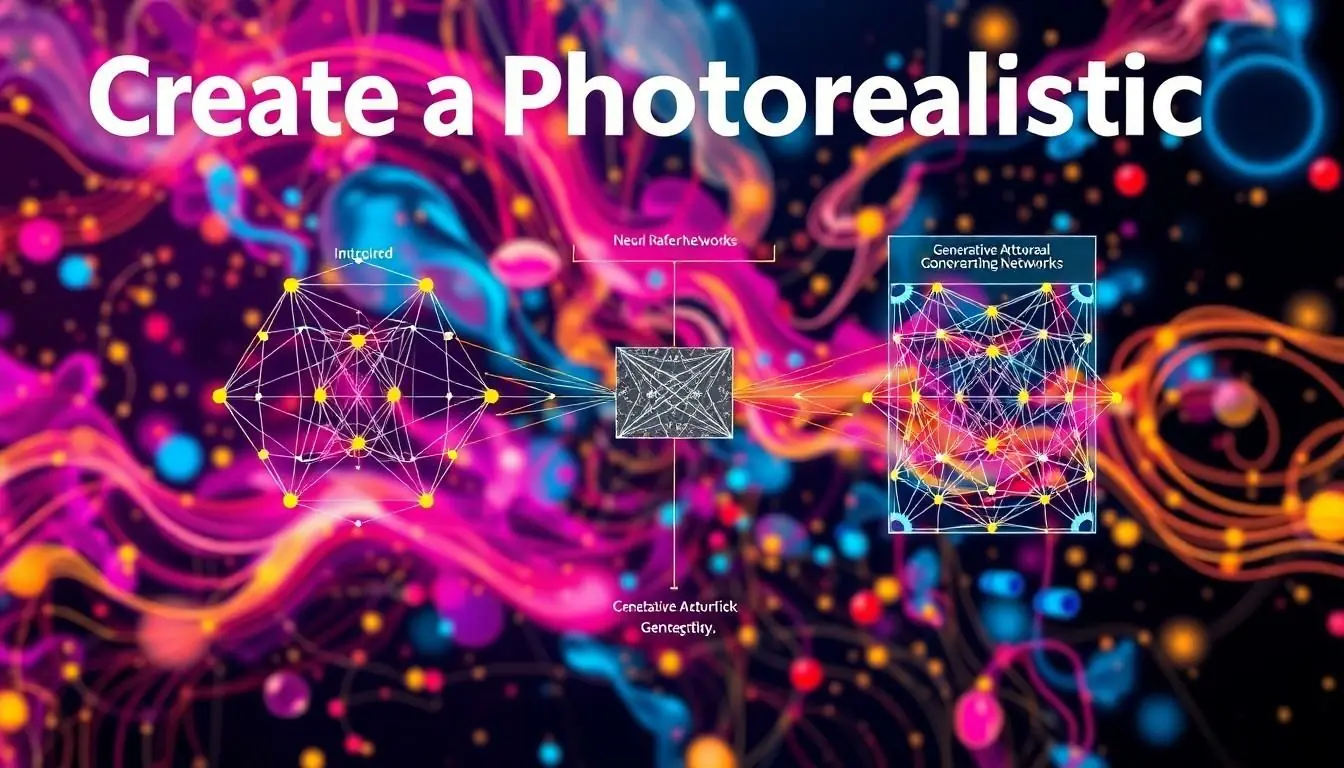
ChatGPT leverages cutting-edge technology to transform text into images effectively. This process involves sophisticated techniques that enhance creativity and accuracy.
Neural Networks and Their Role
Neural networks form the backbone of image generation within ChatGPT. These algorithms consist of multiple layers that analyze and process data to recognize patterns. In the context of image generation, they interpret textual input by breaking it down into understandable components. Generative Adversarial Networks (GANs) play a critical role, as two neural networks compete against each other to refine the generated images. This competition ensures high-quality visuals emerge, closely aligning with the intended concepts described by users.
The Importance of Training Data
Training data significantly impacts the quality of generated images. Diverse datasets containing various styles, concepts, and themes provide the necessary foundation for ChatGPT. High-quality training data allows the model to understand and accurately replicate different artistic elements. The broader and more varied the dataset, the more versatile the generated images become. By continuously updating and improving the training data, developers enhance the system’s ability to generate relevant, precise visuals that cater to user input.
How Does ChatGPT Make Images?
ChatGPT generates images through a sophisticated interplay of algorithms and neural networks. This process begins with the user’s descriptive input, which the model translates into visual representations.
Step-by-Step Process
- Input analysis occurs first, where the model analyzes the provided text to grasp the underlying concepts.
- Neural networks interpret these concepts, mapping them to visual elements that best represent the intent.
- Image creation begins next, utilizing Generative Adversarial Networks (GANs) to produce visuals.
- Two networks compete in this stage, refining the image quality by discerning which outputs align closer to the input descriptions.
- Feedback loops enable real-time adjustments, ensuring the final image closely matches the user’s expectations.
Tools and Frameworks Utilized
ChatGPT employs several essential tools and frameworks in image generation.
- Generative Adversarial Networks serve as the backbone, balancing quality and creativity.
- Natural Language Processing plays a critical role by interpreting and understanding user text inputs.
- TensorFlow and PyTorch are frequently utilized for neural network deployment, enhancing processing capabilities.
- Extensive datasets form the foundation for training, allowing the model to develop its visual style and accuracy.
- Continuous updates ensure the technology evolves, maintaining its effectiveness for diverse artistic applications.
Applications of Image Generation
Image generation through ChatGPT finds diverse applications across multiple sectors. This capability not only enhances creativity but also serves practical purposes in various fields.
Creative Industries
Artists and designers utilize ChatGPT for inspiration and visual experimentation. Illustrators benefit from quick drafts, allowing them to explore themes rapidly. Advertising agencies rely on generated images to create compelling visuals that resonate with target audiences. Fashion designers can showcase concepts, transforming textual ideas into vibrant outfits. Additionally, content creators leverage this technology to enrich their storytelling with customized imagery.
Practical Uses in Various Fields
In education, ChatGPT supports learning by generating visual aids that enhance comprehension. Medical professionals employ image generation to visualize complex anatomical structures, improving patient understanding. Marketing teams adapt created visuals for promotional materials, ensuring brand consistency. Game developers also harness this capability to design characters and landscapes efficiently. Furthermore, architecture firms visualize blueprints, bridging concepts with tangible representations.
Challenges and Limitations
ChatGPT faces several challenges and limitations in image generation. Users may encounter inconsistencies in visual outputs due to the model’s interpretation of complex or ambiguous textual descriptions. Text precision plays a vital role; vague input often leads to unexpected results.
The reliance on extensive training data can also limit the system’s capabilities. If datasets lack diversity, the model may not generate varied or high-quality images across styles. An additional challenge involves keeping the training data updated; outdated information can hinder the model’s performance and relevance in rapidly evolving artistic trends.
Technical constraints also impact the image generation quality. Real-time processing, while beneficial for user experience, can struggle with generating high-resolution images. Users might notice artifacts or imperfections, which detracts from the overall aesthetics of the visuals produced.
Furthermore, ethical considerations arise with generated content. The potential for creating misleading or inappropriate images presents significant challenges, requiring users to apply discretion. Intellectual property issues related to originality and ownership also complicate the use of generated images.
Lastly, computational resources impose limitations on accessibility. High-quality image generation demands substantial processing power, making it less available for users with limited hardware capabilities. Consequently, while ChatGPT offers innovative solutions for artists, inherent challenges necessitate careful consideration when using the technology.
ChatGPT’s ability to transform text into images marks a significant advancement in digital creativity. By leveraging sophisticated algorithms and neural networks, it empowers users to generate visuals that align closely with their ideas. This innovative tool not only enhances artistic expression but also serves various industries, from advertising to education.
Despite its impressive capabilities, challenges remain. Users must navigate issues like inconsistencies in outputs and the need for diverse training data. As technology continues to evolve, addressing these limitations will be crucial for maximizing the potential of ChatGPT in image generation. Overall, its impact on creativity and visualization is undeniable, paving the way for exciting possibilities in the digital landscape.

